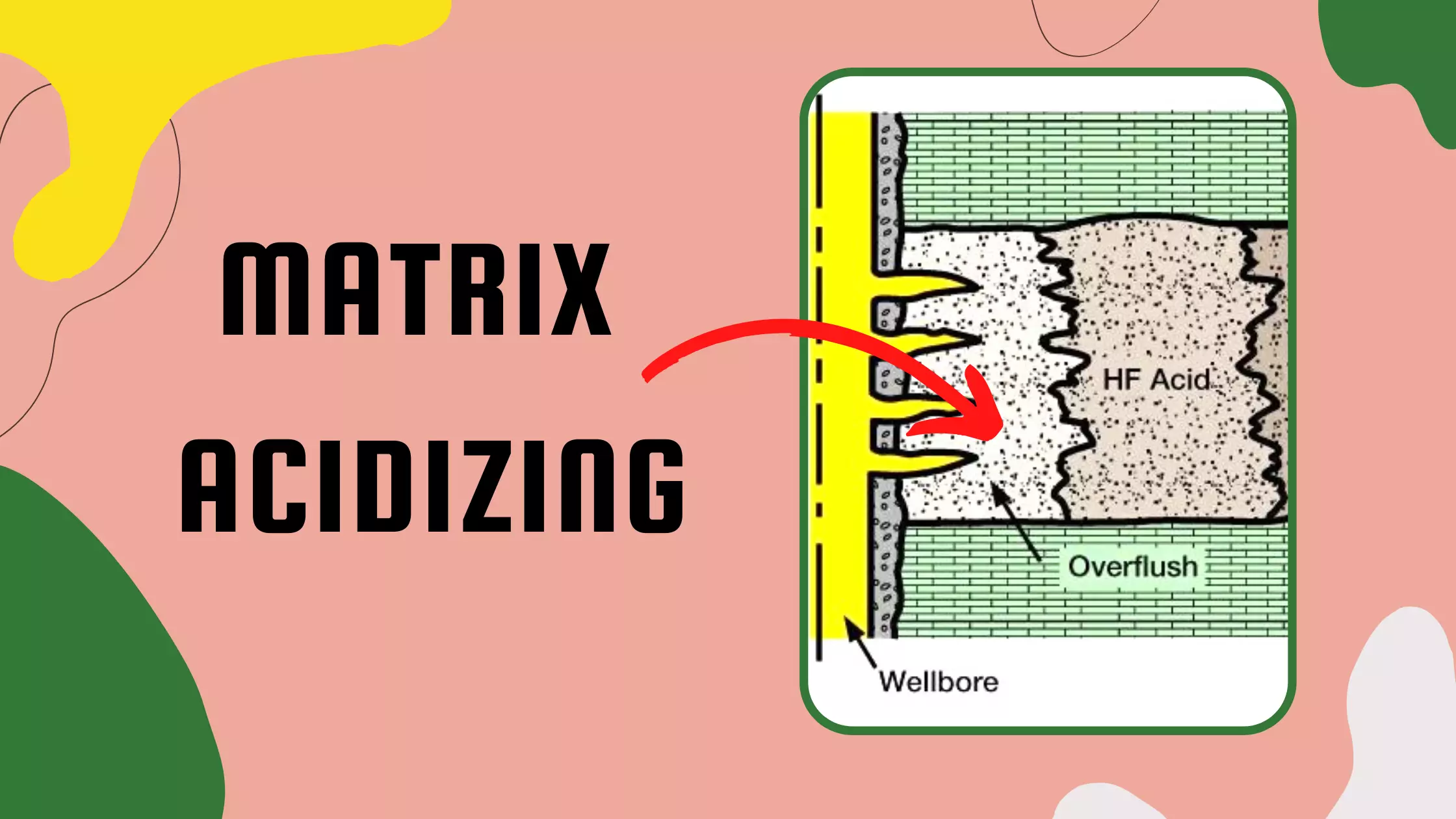Ball Sealers
Ball sealers are used to temporarily seal perforations during acidizing treatments. When seating against perforations, ball sealers direct treating fluid selectively so that each portion of the perforated interval is treated. Two types of currently available ball sealers are the standard weighted ball sealer and the buoyant ball sealer.
Standard Weighted Ball Sealer This type of ball sealer is put into the treating fluid stream at regular or predetermined intervals, or is dropped in batches. Generally, at least one ball – preferably more – is injected for every perforation.
Ball diameters vary from 5/8 to 1-1/4 in., and specific gravities range from 0.9 to 1.8. Its size is proportional to that of the perforation to be sealed. Obviously, during fracture acidizing, balls are not added until the formation has been broken down and is accepting fluid.
When fluid injection is stopped, or upon completion of the treatment, the balls are no longer held against the perforations and they fall to bottom. Fluid velocity and differential pressure hold the ball sealer in position during the treatment. If the perforation density is too great or the balls are oddly shaped, or if communication exists behind the pipe, this type of ball sealer falls to bottom. Figure 1 demonstrates the seating efficiency of ball sealers in a test case.

Characteristics of ball sealers are shown in Table 1 (below). The type to use in a specific application is determined by the carrying fluid, bottomhole temperature, and maximum perforation diameter. To ensure a total “ball-off,” use 200% excess over the number of perforations.
| Table 1: Standard weighted ball sealers with rubber exterior | ||||
|---|---|---|---|---|
| OD Size-in. | Specific Gravity | Core Diameter-in. | Core Material | Maximum Perforation Diameter-in. |
| 1.2 | None | Solid Rubber | 0.38 | |
| 1.3 | Nylon | 0.38 | ||
| 1.3 | Nylon | 0.52 | ||
| 0.9 | Phenolic | 0.52 | ||
| 1.1 | Nylon | 0.52 | ||
| 1.3 | Nylon | 0.52 | ||
| 1.4 | Phenolic | 0.52 | ||
| 1.8-2.0 | Aluminum | 0.52 | ||
| 1.2 | None | Solid Rubber | 0.52 | |
| 1 | 1.1 | Nylon | 0.63 | |
| 1 | 1.3 | Nylon | 0.63 | |
| 1- | 1.2 | 1.06 | Nylon | 0.87 |
| 1- | 1.3 | 1.06 | Nylon | 0.87 |
Buoyant Ball Sealer: This type of ball sealer, developed by Exxon Production Research, improves the reliability of diverting techniques by properly controlling the density between the ball sealer and the treating fluid.
Balls having a density less than the treating fluid can achieve 100% seating efficiency on perforations that are accepting fluid, provided that they are transported to the perforated interval. This efficiency can be maintained at very low injection rates through individual perforations.
Buoyant ball sealers dramatically improve the ability to divert well-treating fluids, not only in fracturing-type treatments but in matrix rate treatments as well. Using buoyant ball sealer concepts, wells having over 1000 perforations through 250 ft of interval have been stimulated effectively throughout their entire area. Matrix treatments have been successfully diverted where conventional ball sealer practices would not have been attempted.
Buoyant ball sealers are characterized by having a syntactic foam core (containing hollow spheres bound together with resin) and a polyurethane cover. They are generally available in the same sizes as standard weighted ball sealers. Buoyant ball sealers have more uniform density and higher compressibility. A 50% excess over the number of perforations is recommended.
 Petro Shine The Place for Oil and Gas Professionals.
Petro Shine The Place for Oil and Gas Professionals.



